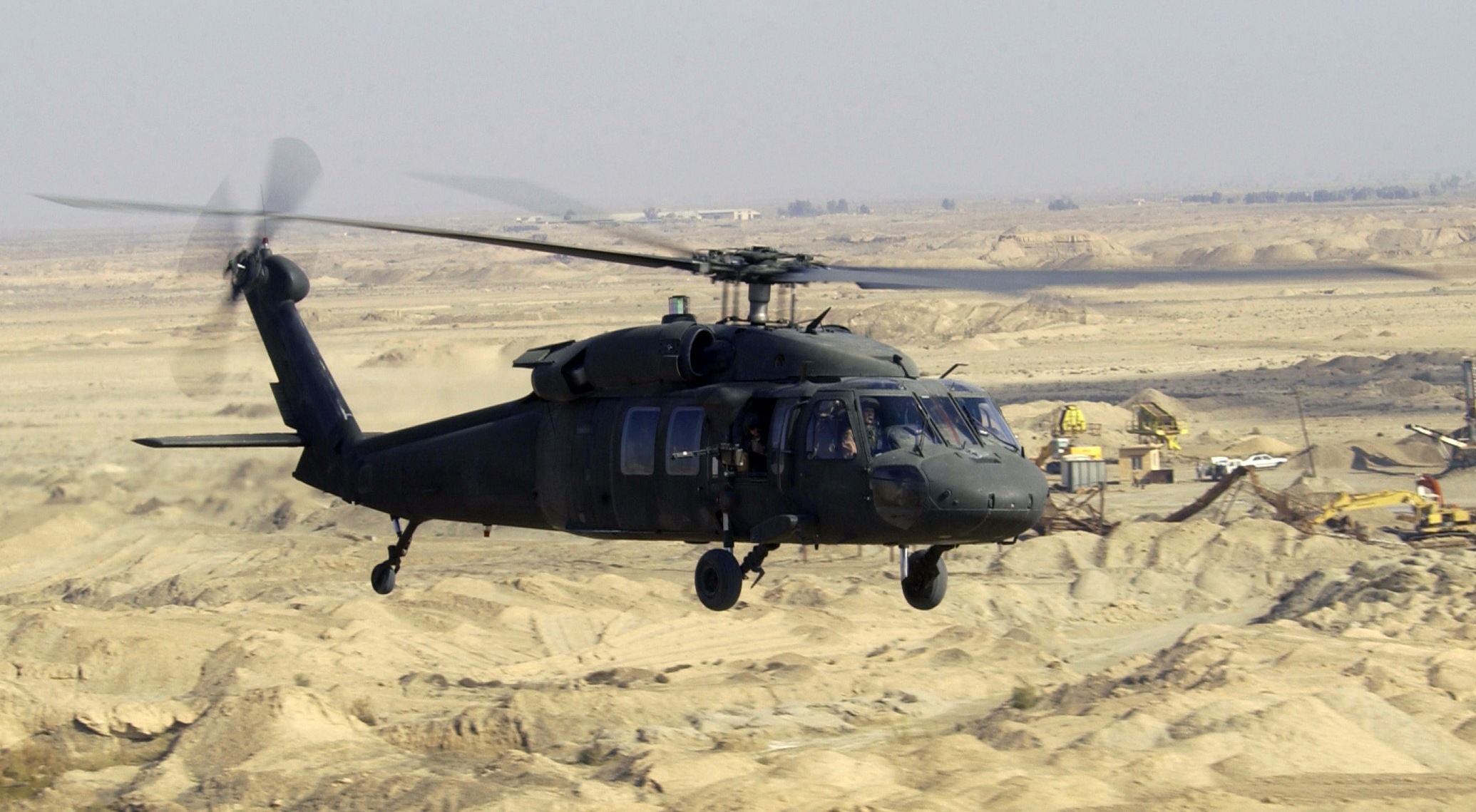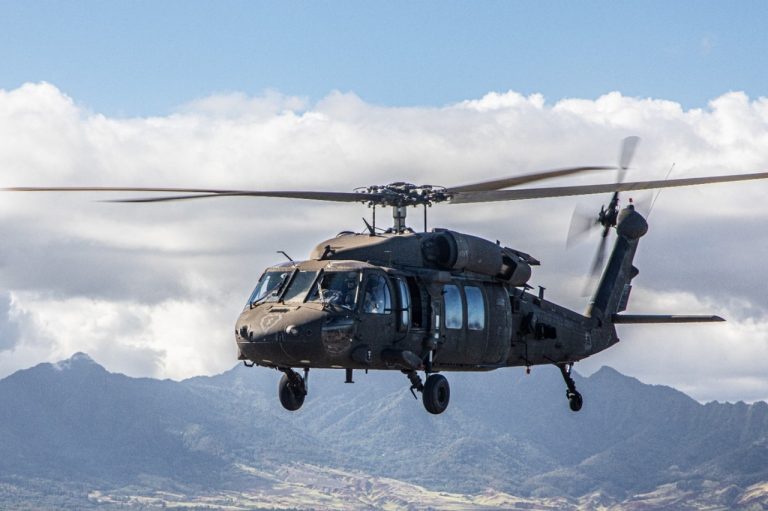UH 60 Black Hawk: Military Helicopter Attributes and Abilities
Checking Out the Cutting-edge Technology Behind Airplane Layout and Engineering
The field of aircraft style and engineering is experiencing a transformative change driven by innovative innovations that improve performance, efficiency, and sustainability. As the market grapples with the obstacles of ecological responsibility, developments in lasting aviation modern technologies guarantee to reshape the future.
Advanced Products in Airplane Style
Exactly how can the combination of advanced materials reinvent aircraft design? The incorporation of innovative products, such as carbon fiber compounds, titanium alloys, and advanced ceramics, plays a crucial duty in enhancing airplane efficiency and effectiveness. These materials offer superior strength-to-weight proportions, allowing makers to lower general aircraft weight without jeopardizing structural honesty. This decrease in weight directly contributes to enhanced gas efficiency and raised payload capacity.
In addition, innovative materials exhibit improved resistance to rust and fatigue, leading to reduced upkeep costs and extended service life. The use of titanium in critical elements assists endure extreme temperatures and anxieties, while carbon fiber compounds provide flexibility in style and manufacturing procedures. This adaptability permits even more wind resistant forms, adding to superior performance features.
Furthermore, the combination of smart products, which can change buildings in action to exterior stimuli, opens brand-new opportunities for flexible systems in aircraft design. uh 60. These technologies promise not only to improve safety and security and functional effectiveness but also to add to sustainability initiatives by decreasing environmental effect through decreased exhausts. In summary, advanced materials are redefining the landscape of airplane style, leading the way for more efficient, long lasting, and eco-friendly aeronautics options
Wind Resistant Technologies for Effectiveness
Aerodynamic technologies play a crucial function in boosting aircraft performance, considerably influencing gas usage and overall performance. Breakthroughs in airfoil layout, such as the intro of supercritical wings, permit enhanced lift-to-drag ratios, lowering drag at transonic speeds. These advancements enable airplane to keep higher rates with lower gas expenditure, directly affecting operational expenses and ecological sustainability.
Furthermore, the assimilation of winglets has actually verified reliable in mitigating vortex-induced drag at the pointers of wings, even more enhancing gas effectiveness - uh 60. This style adjustment leads to a reduction in wake disturbance, adding to improved aerodynamic efficiency throughout cruise conditions

Moreover, computational liquid dynamics (CFD) devices have actually reinvented the testing and improvement of wind resistant shapes, allowing for precise simulations of air flow around aircraft (uh 60). This makes it possible for engineers to introduce constantly, ensuring that contemporary aircraft not only satisfy regulative standards but also push the boundaries of efficiency in air travel

Role of Computer System Simulations
Computer system simulations have actually come to be an essential device in the area of airplane style, enabling designers to carry out detailed evaluations and optimizations of numerous style facets. These simulations enable the digital testing of aerodynamic buildings, architectural honesty, and efficiency metrics long prior to physical prototypes are built. By employing computational liquid characteristics (CFD) and finite component evaluation (FEA), you could try these out engineers can predict exactly how air flows around the aircraft and exactly how various materials will reply to stress and pressure.
Furthermore, computer system simulations facilitate the expedition of a variety of variables and circumstances, accelerating the design process and minimizing costs related to physical screening. This ability not only improves the accuracy of forecasts relating to aircraft habits yet also supplies understandings right into prospective design enhancements that might not be instantly obvious through standard techniques.

Additionally, simulations aid ensure conformity with strict safety and security regulations by allowing engineers to identify and remedy prospective problems early in the design phase. The combination of simulation technologies right into the aircraft design procedure emphasizes the significant innovations in engineering methods, eventually adding to the development of safer, more effective, and eco pleasant airplane.
Artificial Intelligence in Design
Expert system (AI) is changing the engineering landscape, specifically in airplane layout, by boosting decision-making procedures and maximizing layout operations. With maker understanding algorithms, AI can examine vast datasets, discovering patterns and insights that notify style choices and boost overall effectiveness.
AI applications in aircraft layout consist of generative style, where algorithms produce several layout choices based on defined parameters, permitting engineers to evaluate a more comprehensive variety of opportunities. This not just speeds up the design stage however likewise makes sure that the end look what i found products fulfill rigid efficiency and security standards.
In addition, AI-driven anticipating analytics assist in maintenance scheduling by analyzing historical data and predicting possible failures. This positive approach minimizes downtime and enhances airplane integrity.
Furthermore, AI help in simulation and modeling, enabling engineers to evaluate designs under various conditions without the requirement for physical models. This capacity reduces advancement timelines and decreases costs linked with typical testing methods.
Sustainable Air Travel Technologies
The solution exists in the adoption of sustainable air travel modern technologies that focus on effectiveness and minimize carbon emissions. Innovations such as lasting air travel gas (SAFs), which are derived from eco-friendly resources, have actually emerged as a critical element in accomplishing lower lifecycle emissions.
Furthermore, advancements in airplane layout, such as the advancement of lighter products and even more aerodynamically reliable forms, add to improved gas efficiency. Electric and hybrid propulsion systems are also gaining traction, using a path to minimize dependence on nonrenewable fuel sources and lessen greenhouse gas exhausts.
The assimilation of these modern technologies is sustained by regulatory frameworks and market collaborations intended at establishing enthusiastic sustainability targets. Furthermore, electronic devices like data analytics and expert system can enhance flight procedures, better enhancing fuel efficiency. By accepting lasting techniques and technologies, the aviation industry can not just meet the growing demand for flight yet additionally play a crucial duty in dealing with climate change, making sure a more lasting future for air transportation.
Verdict
The convergence of advanced products, aerodynamic technologies, and sophisticated modern technologies marks a considerable development in aircraft layout and design. The integration of carbon fiber composites, my link titanium alloys, and AI-driven processes not only improves efficiency and effectiveness but additionally improves workflows and anticipating maintenance. The continuous development of lasting air travel innovations underscores a dedication to ecological obligation, paving the method for a greener future in aeronautics. This continual innovation will certainly form the sector's trajectory for many years ahead.

Computer system simulations have become an essential tool in the area of aircraft layout, enabling designers to conduct comprehensive evaluations and optimizations of various style aspects.The convergence of sophisticated products, aerodynamic technologies, and innovative modern technologies notes a substantial evolution in airplane style and design.